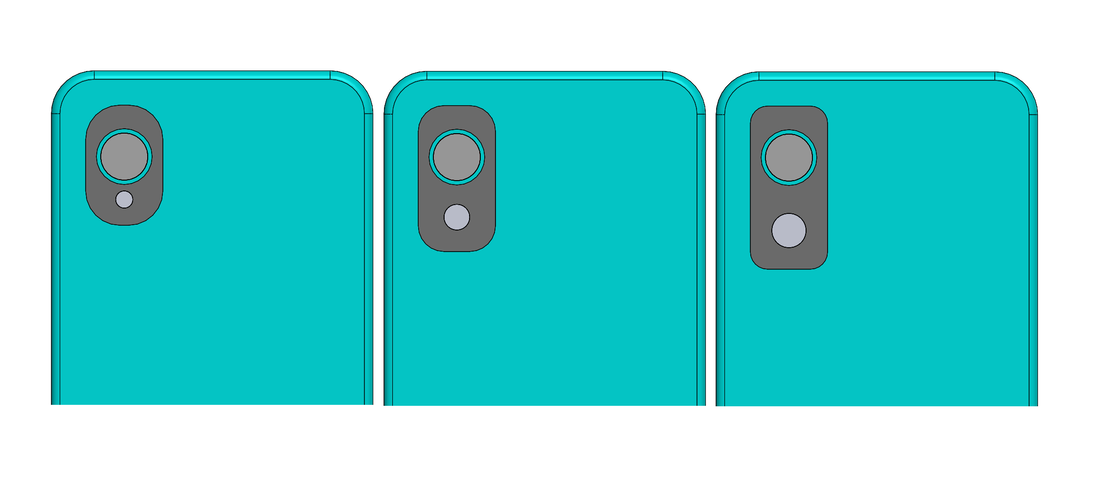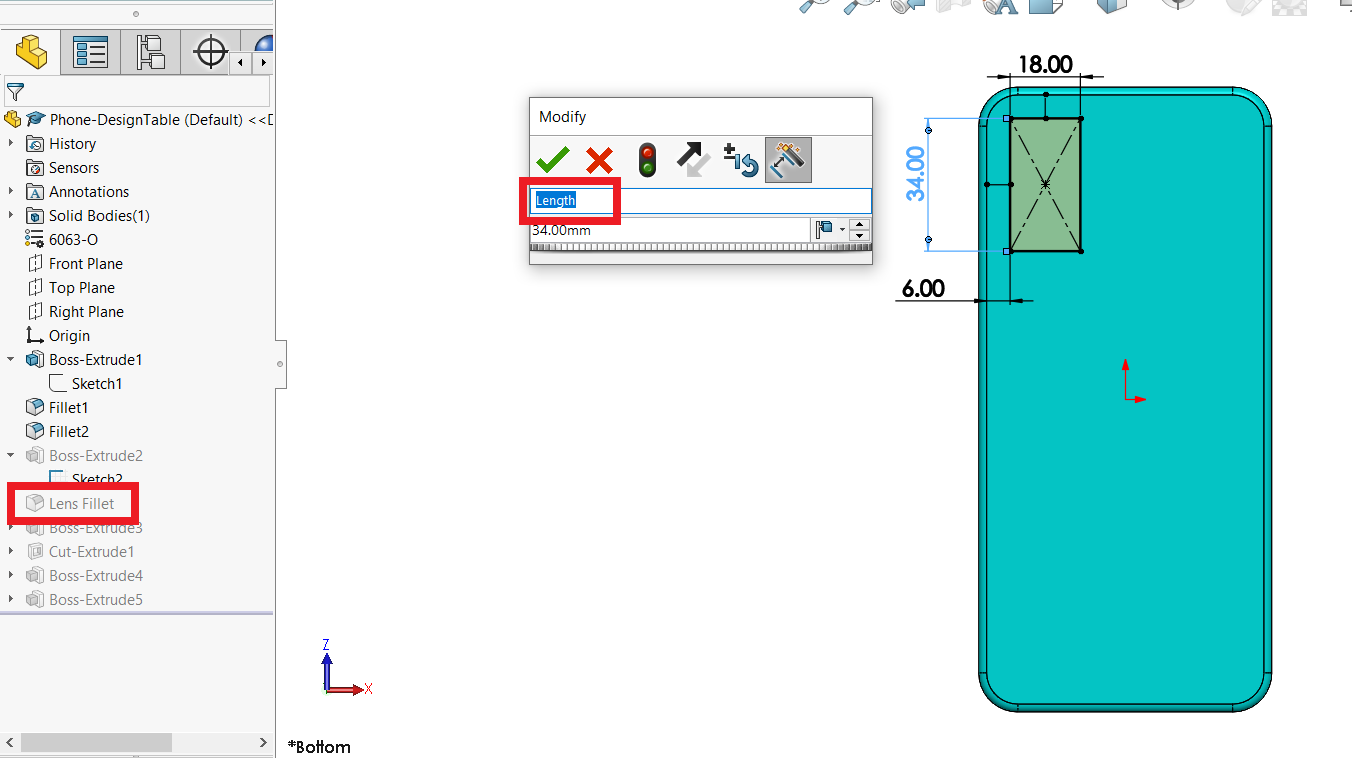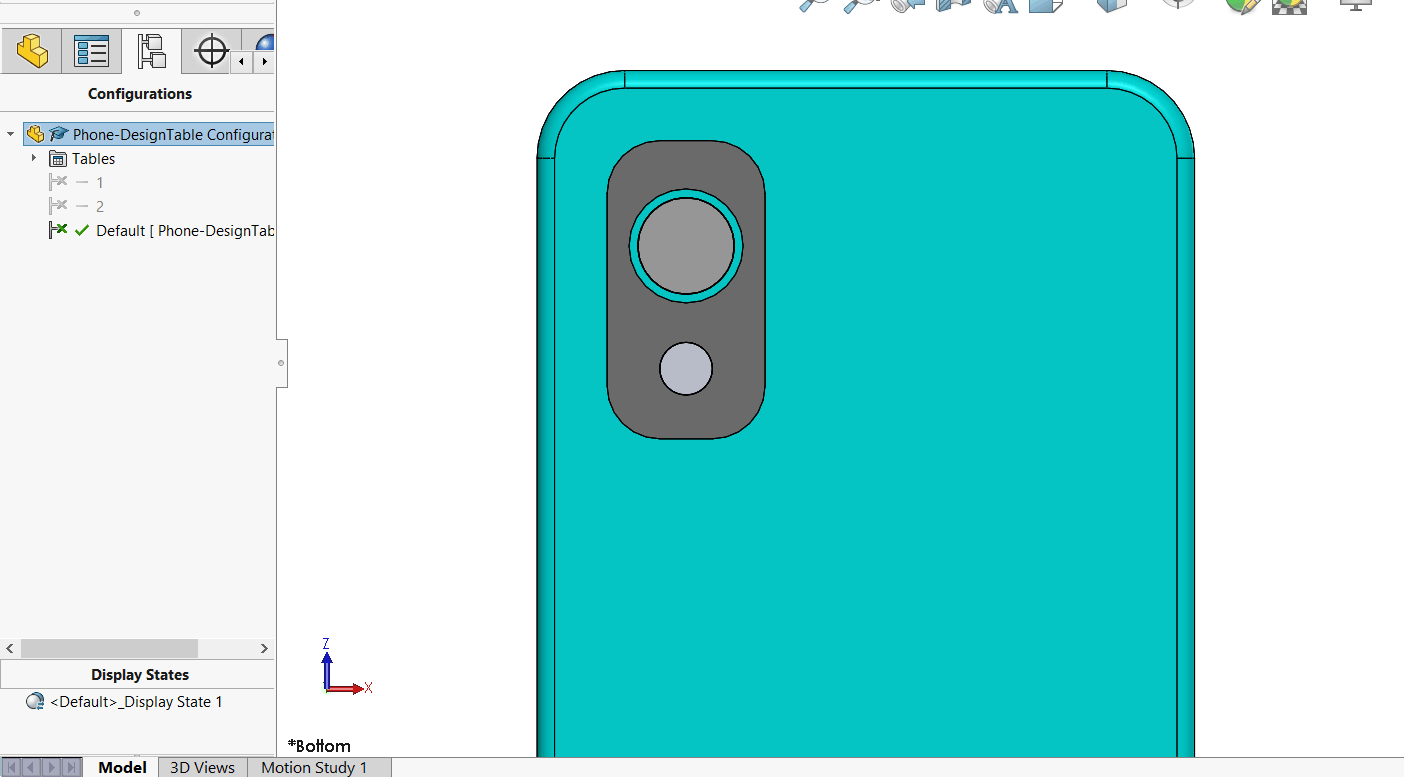|
Imagine you need to create two or more objects with slight differences. One way is to create each of them from scratch. But this will be time-consuming and tedious as only a few adjustments to one object can result in the other one. This will also result in multiple files, which will get harder to manage as the number of objects increases. This is where SOLIDWORKS configurations come to the rescue. SOLIDWORKS allows you to create multiple variations of a model. Different configurations can be created by changing dimensions, suppressing features, etc. As these configurations are in a single file, organizing them also becomes easy. In this article, we will explore how you can speed up your 3D modeling by creating multiple variations of your design using a Microsoft Excel design table. What is an Excel Design Table?A Design Table is an Excel spreadsheet that is embedded in the SolidWorks environment. Entries of this table control model variations. Imagine that you designed a phone for a client. Now they want to know which position of camera lenses will work best for design and functionality. You are expected to share a few variations. This is where you utilize your knowledge of design tables. Following is the phone model: For convenience, start by renaming the dimensions and features based on what they represent. This makes it easier for you to refer to them while working on the design table. Double-click on the dimensions and features to rename them. How to Create a Design Table?To create and access Design Tables, you need to have MS Excel installed on your system. To create a Design Table, go to Insert > Tables > Excel Design Table. In the Design Table PropertyManager, you have the following options:
Use this design table to define different configurations. You can start changing dimension values/suppression states as per your design requirements. Once you’re done, click outside the table, and you will get a pop-up showing the newly created configurations. Go to the ConfigurationManager to view the list of added configurations. By default, any part modeled in SOLIDWORKS is set as the default configuration. Double-click on the configuration that you want to activate, and that’s it! You have successfully created multiple versions of the default model using an Excel design table. Now using this knowledge, you can easily create families of similar objects without going through the hassle of creating them individually. Will you be using Design Tables to ease your design process? Let us know in the comment section. If you want to learn more advanced topics like this, check out the professional-level SOLIDWORKS program at the TforDesign School. You will get access to top-notch content and experts supporting your learning journey. By Mohsina ZafarMohsina is a Mechatronics engineer who is passionate about 3D design and artificial intelligence. She specializes in SOLIDWORKS 3D CAD and loves to help students solve their SOLIDWORKS problems.
LinkedIn: https://www.linkedin.com/in/mohsina-zafar/
0 Comments
Leave a Reply. |
AuthorThe following blogs are written by TforDesign team and community members. Categories
All
|
© 2013 - 2024 TforDesign. All rights reserved.
Terms & Conditions | Privacy Policy | Cookie Policy | Sitemap
Terms & Conditions | Privacy Policy | Cookie Policy | Sitemap








 RSS Feed
RSS Feed